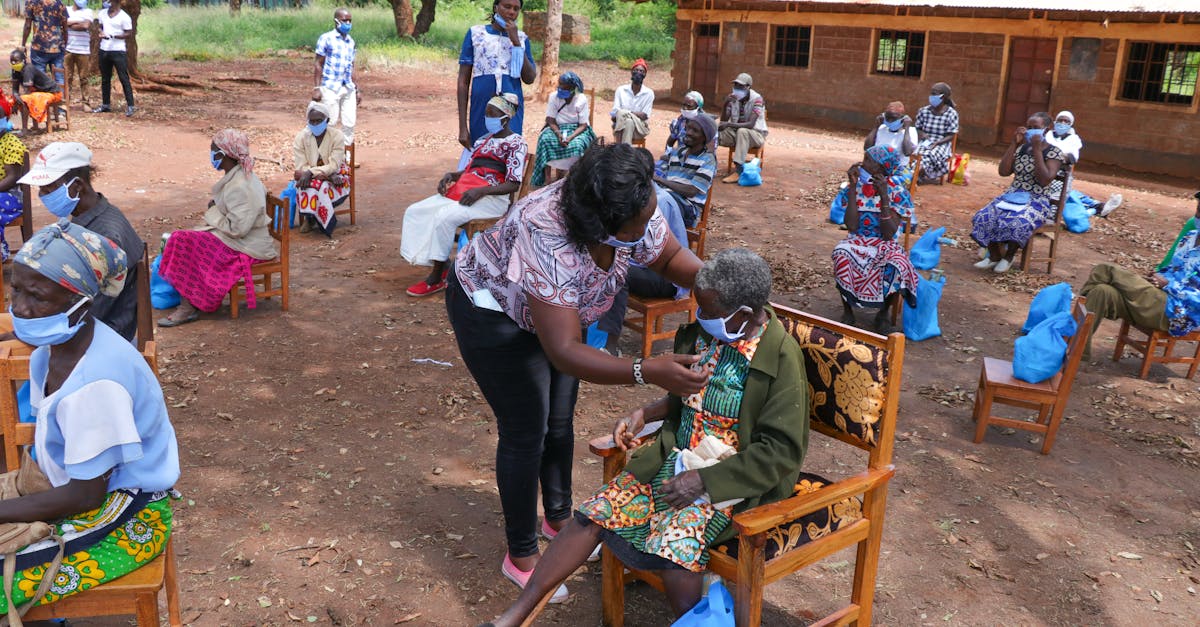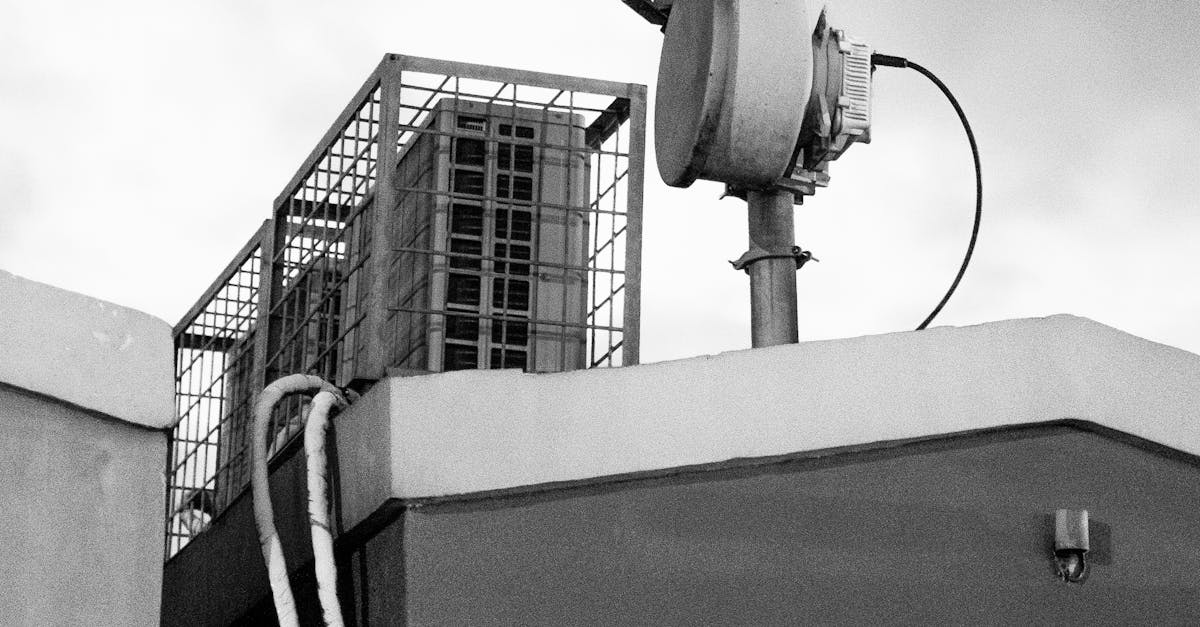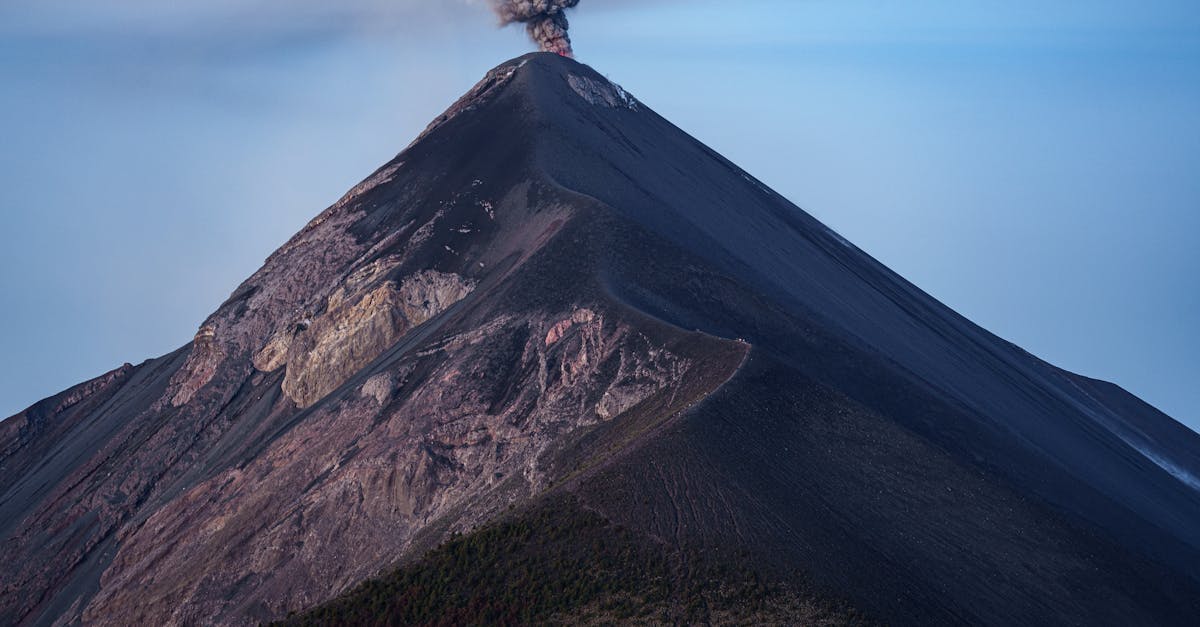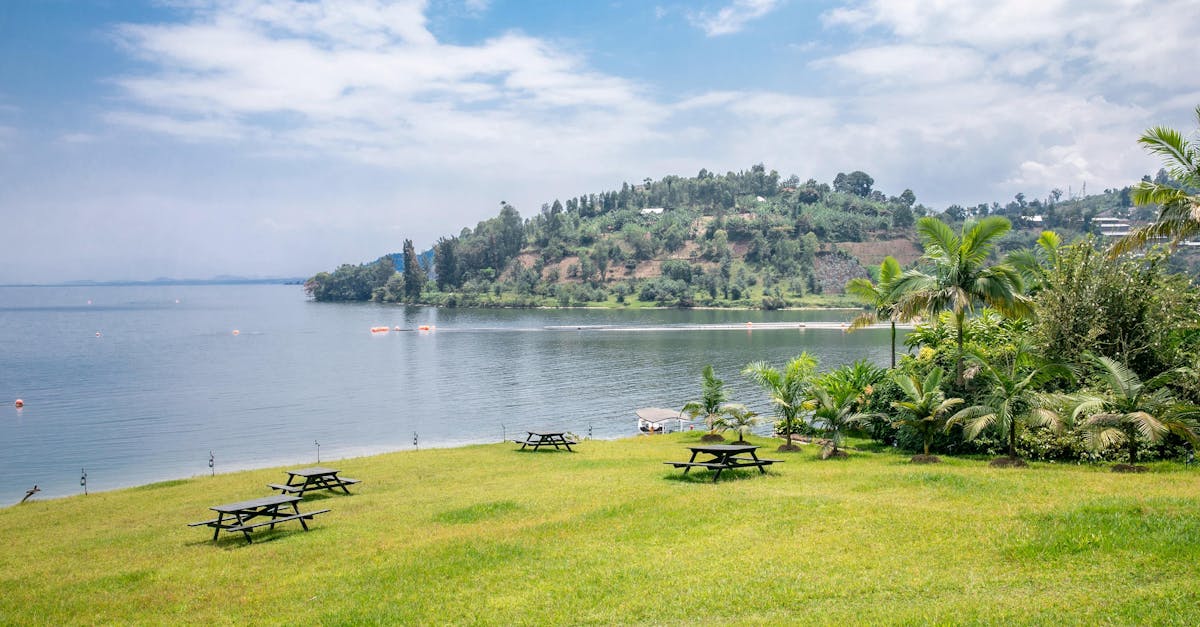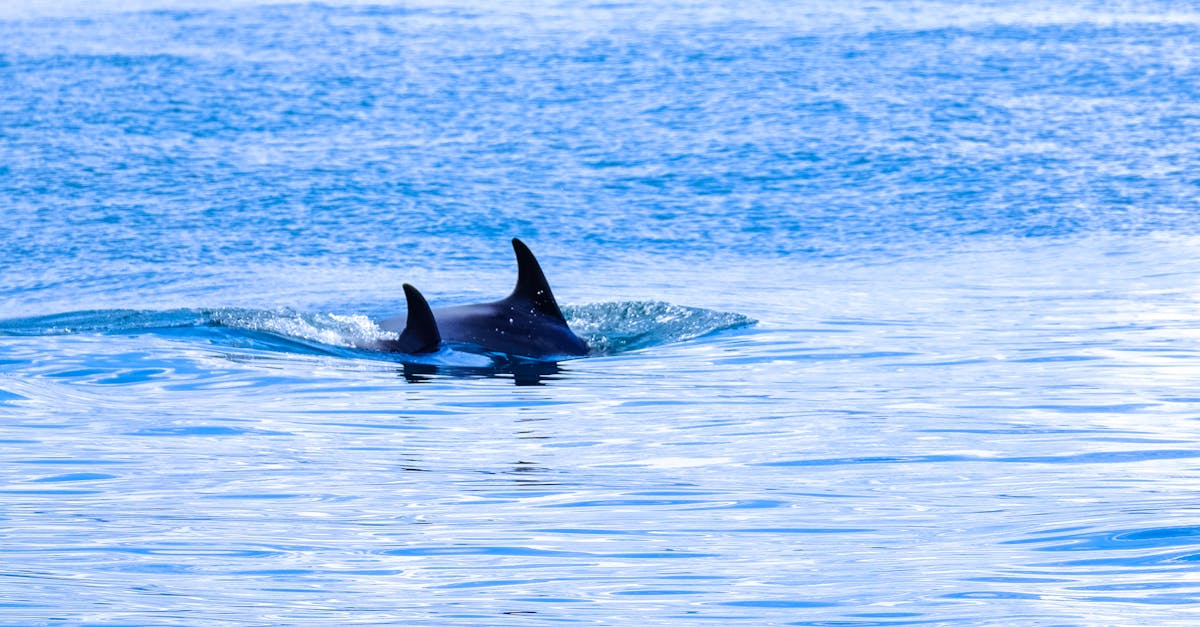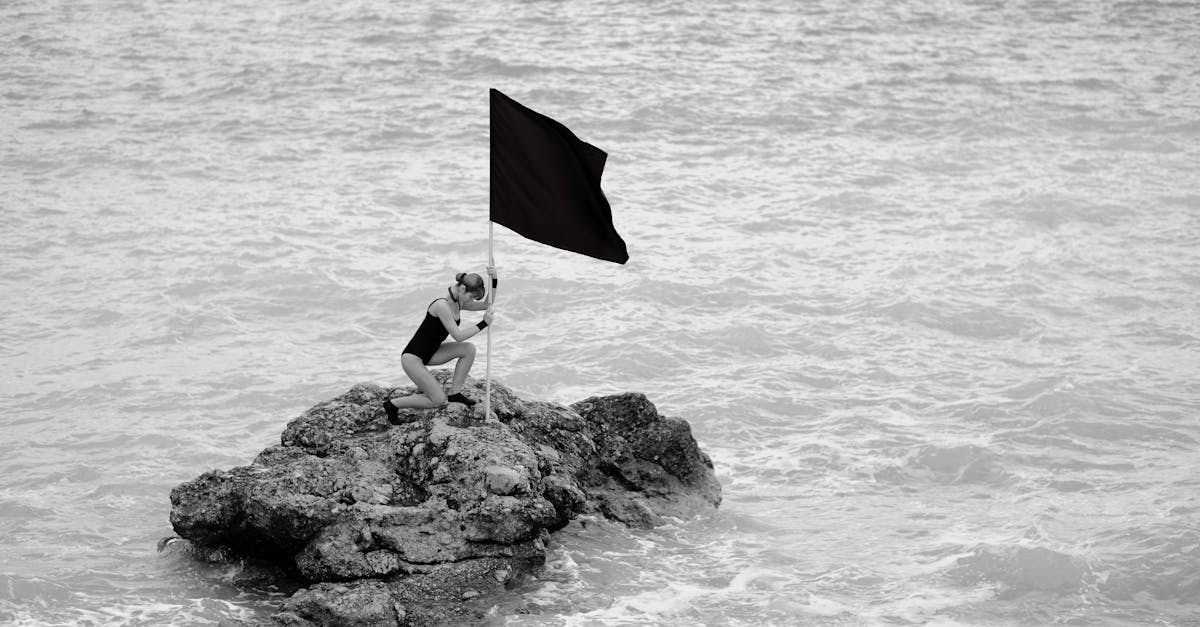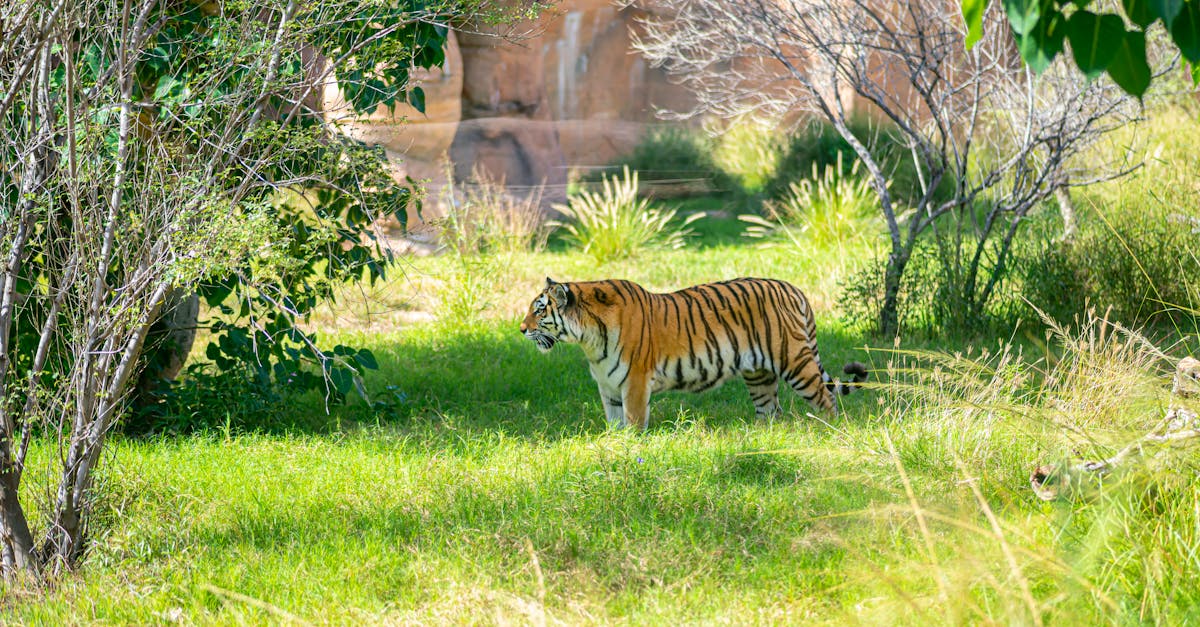Blood Moon
- A total lunar eclipse, also known as a “blood moon,” occurred on March 14, 2025.
- This happens when the Earth is directly between the Sun and the Moon, causing the Earth’s shadow to fall on the Moon.
- The Moon appears reddish during a total lunar eclipse due to Rayleigh scattering. Shorter wavelengths of light (blue) are scattered by Earth’s atmosphere, while longer wavelengths (red) pass through, illuminating the Moon.
- The color can vary from red to orange or copper, depending on atmospheric conditions and light pollution.
- The March 14, 2025, blood moon wasn’t visible from India but was visible in parts of America, Western Europe, Western Africa, and the North and South Atlantic Ocean.
- This blood moon was notable for being the first in nearly three years, the last one having occurred in 2022.
- Not all lunar eclipses are blood moons; only total lunar eclipses can be blood moons.
- Live streams were available for those who could not view the eclipse directly.
FCTC News
-
The WHO Framework Convention on Tobacco Control (WHO FCTC) recently celebrated its 20th anniversary.
-
It’s the first WHO-negotiated international treaty, adopted in 2003 and in force since 2005.
-
181 countries are currently Parties to the Convention.
-
Its purpose is to protect people from the health, social, economic, and environmental consequences of tobacco.
-
The FCTC was created in response to the globalization of the tobacco epidemic.
-
It addresses cross-border issues like tobacco advertising, promotion, sponsorship, and illicit trade.
-
India ratified the FCTC in 2004.
-
The FCTC aims to reduce both tobacco demand and supply through various measures.
-
These measures include: protecting public health policies from tobacco industry influence; using price and tax measures to reduce demand; protecting people from secondhand smoke; regulating tobacco product content, disclosures, packaging, and labeling.
-
The WHO’s overall purpose is to achieve the highest possible level of health for all people globally.
Ghatiborealis Frog
- Discovery of a new frog species, Minervarya ghatiborealis, in the northwestern Ghats of Sahyadri, Maharashtra.
- The species is endemic to the region, meaning it’s found nowhere else naturally.
- The name combines Sanskrit “Ghati” (western) and Latin “Borealis” (northern), referencing its location.
- Minervarya ghatiborealis belongs to the “cricket frog” genus, characterized by parallel abdominal lines.
- The frogs nest near water sources and males have unique breeding calls differing from other Minervarya species.
- The discovery was published in the international journal Zootaxa.
- The research team included scientists from west Maharashtra and the Thackeray Wildlife Foundation.
- The find emphasizes the need for conservation efforts in the northwestern Ghats, highlighting the region’s potentially vast, undiscovered biodiversity.
- The Mahabaleshwar Plateau is identified as a crucial area for endemic species, requiring enhanced conservation measures.
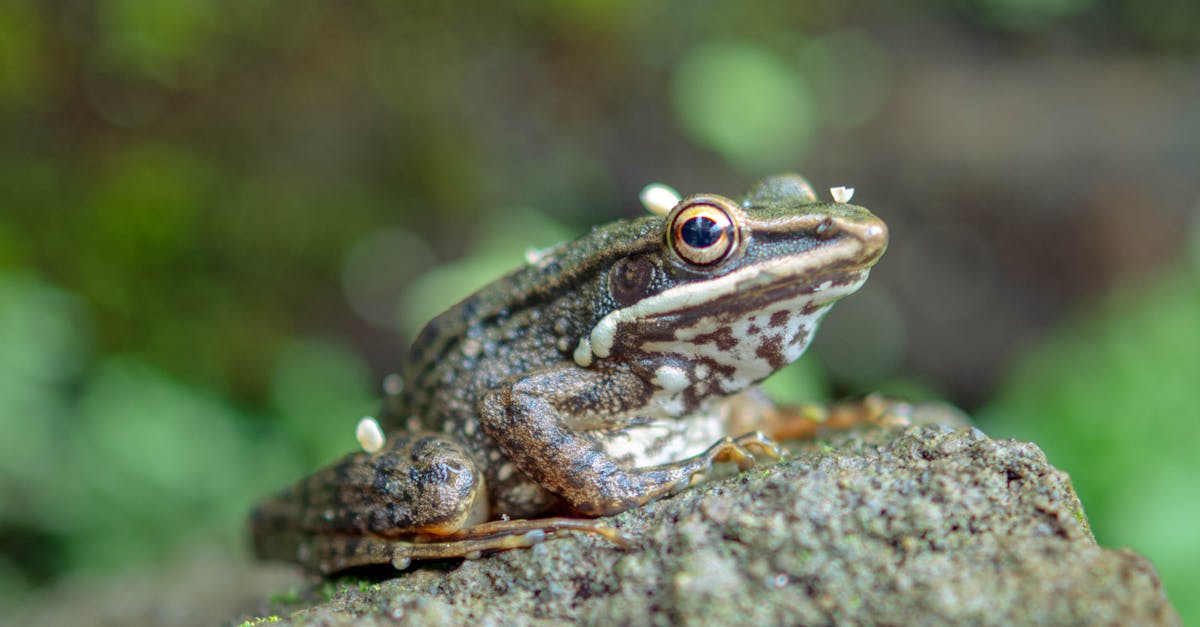
Anti-Avoidance Rules
-
GAAR’s Purpose: To prevent tax avoidance by targeting transactions that legally reduce tax liability but violate the spirit of the law. It aims to curb tax evasion and revenue losses for the government.
-
GAAR’s Mechanism: Authorizes tax authorities to designate transactions as “impermissible avoidance arrangements” (IAAs), allowing reassessment of income and taxes. An Approving Panel, headed by a judge, oversees its application.
-
Proposed Change in Reassessment Time Limits: The Income Tax Bill 2025 proposes to remove time limits on reassessment notices under GAAR, even for past years, provided the matter was referred to the GAAR Panel within the existing time limits for the relevant assessment year.
-
Impact of the Proposed Change: This would allow the tax authorities to reassess taxes for years that would otherwise be time-barred, addressing delays in GAAR panel decisions and streamlining the process.
-
Safeguards: The GAAR process includes safeguards, such as the Approving Panel, to prevent misuse of the rule. GAAR panel directions are now explicitly considered evidence of escaped assessment, removing further procedural hurdles. The mandatory hearing before issuing reassessment notice is also exempted in GAAR cases.
-
Difference between GAAR and SAAR: GAAR is a general anti-avoidance rule, while SAAR addresses specific tax avoidance schemes.
Lunar Trailblazer
- NASA’s Lunar Trailblazer spacecraft launched on a SpaceX Falcon 9 rocket.
- Its primary mission is to map water on the Moon’s surface, focusing on permanently shadowed craters at the poles.
- The spacecraft, built by Lockheed Martin, is about the size of a dishwasher.
- It uses two instruments: the High-resolution Volatiles and Minerals Moon Mapper (HVM3) to detect water and the Lunar Thermal Mapper (LTM) to measure surface temperature.
- Combined data will reveal water’s form, distribution, and abundance, and help understand the lunar water cycle.
- The mission is crucial for future lunar exploration, as water can be used for drinking, oxygen production, and rocket fuel.
- The spacecraft will perform moon flybys and looping orbits before settling into a 100 km orbit for detailed mapping.
- The presence of water, even in sunlit areas, is scientifically intriguing, as it may shed light on the origin of water on Earth.
- Potential sources of lunar water include solar wind and impacts from comets/meteorites.
- The total amount of lunar water is uncertain, but estimates reach hundreds of millions of tons.
Idukki Wildlife
-
Idukki Wildlife Sanctuary, located in Idukki District, Kerala, recently underwent a faunal survey.
-
The survey revealed 14 new bird species, bringing the total to 245. Notable additions include Grey Heron, Indian Spotted Eagle, and several types of harriers and eagles.
-
15 new butterfly species were discovered, increasing the sanctuary’s total to 212. Large congregations of Blue Tiger, Dark Blue Tiger, and Crow butterflies were also observed.
-
Eight new odonate species were identified, raising the total to 73.
-
Other notable findings included 202 moth species, 52 ant species, 10 mantid species, and six cicada species.
-
The sanctuary covers 77 sq km, encompassing diverse terrain, altitudes (450-1272 m), and rich flora and fauna. It includes the Idukki reservoir (33 sq km).
-
The sanctuary is home to endangered species like the Nilgiri Tahr, along with elephants, bison, tigers, and various bird and reptile species.
-
A follow-up survey is planned for the post-monsoon season.
-
The survey was a joint effort by the Travancore Nature History Society (TNHS) and the Kerala Forest and Wildlife Department.
Hague Service Treaty
-
The Hague Service Convention (1965) facilitates international service of legal documents in civil/commercial matters.
-
84 countries, including India and the US, are parties. Service only applies if both countries are signatories.
-
The US SEC used the Convention to serve summons on Gautam Adani in a bribery case.
-
India’s central authority is the Ministry of Law and Justice. It’s the primary method for serving documents in India under the Convention.
-
India has reservations, rejecting most alternative service methods (e.g., diplomatic channels, except for its own nationals). Requests must be in English.
-
A default judgment is possible if a foreign government doesn’t cooperate, but specific conditions under Article 15 must be met (e.g., at least six months elapsed since transmission).
-
India allows default judgments even without a certificate of service if Article 15’s conditions are met.
-
There’s debate on using alternative service methods (email, social media) due to conflicting judicial interpretations of India’s reservations.
-
Parties may waive the Convention’s provisions and use contractual service agreements to avoid delays.

Doomsday Fish
-
Recent oarfish sightings near Baja California Sur, Mexico, have fueled online discussions.
-
Oarfish, also called “Doomsday Fish” or “sea serpent,” are deep-sea dwellers rarely seen near the surface.
-
They are filter feeders consuming krill, plankton, and crustaceans.
-
Oarfish inhabit the mesopelagic zone (250-1000 meters deep).
-
They possess long, ribbon-like bodies and bright orange fins, growing over 30 feet long.
-
Folklore, particularly in Japan, links oarfish surfacing to impending disasters.
-
The 2011 Tōhoku earthquake and tsunami followed multiple oarfish strandings in Japan, strengthening this belief.
-
Scientific explanations for surface appearances include ocean temperature changes, pollution, deep-sea disturbances, strong currents, or illness.
-
A 2019 study found no correlation between oarfish sightings and earthquakes in Japan.
-
While coincidences exist (e.g., Philippines 2017), no scientific evidence directly links oarfish sightings to natural disasters.
AWBI
-
The Animal Welfare Board of India (AWBI) is a statutory advisory body established in 1962 under the Prevention of Cruelty to Animals Act, 1960.
-
Its mandate is to promote animal welfare and prevent animal cruelty.
-
AWBI advises central and state governments on animal welfare issues.
-
It addresses complaints of animal cruelty, urging state authorities to take action against offenders. State authorities are empowered to enforce relevant laws.
-
The AWBI provides financial and other assistance to animal welfare organizations.
-
AWBI’s 28 members serve three-year terms and include government representatives, animal rights activists, and parliamentarians.
-
The central government plans to update AWBI guidelines to improve relevance and effectiveness in preventing animal cruelty.
-
AWBI is under the Department of Animal Husbandry and Dairying, Ministry of Fisheries, Animal Husbandry and Dairying. The headquarters location is not specified in provided text.
ART: Fighting HIV
-
Antiretroviral therapy (ART) is a combination of medications used to treat HIV.
-
HIV destroys CD4 cells, crucial for a healthy immune system. Without sufficient CD4 cells, life-threatening infections are more likely.
-
ART doesn’t cure HIV, but it significantly reduces the viral load in the body.
-
Lower viral loads allow the body to produce more CD4 cells, strengthening the immune system and reducing the risk of serious infections.
-
ART works by using multiple medications that prevent HIV from entering cells and reproducing. A combination approach is more effective and reduces the chance of treatment failure.
-
If the viral load is low enough, HIV may become undetectable in blood tests.
-
ART is called “antiretroviral” because HIV is a retrovirus, using RNA to create DNA (unlike typical human cells which use DNA to create RNA).
-
Recent Supreme Court directives highlight concerns about ART drug stockouts, transparency in procurement, and drug quality and certification processes in India. These concerns impact access to treatment for people living with HIV/AIDS (PLHIV).
